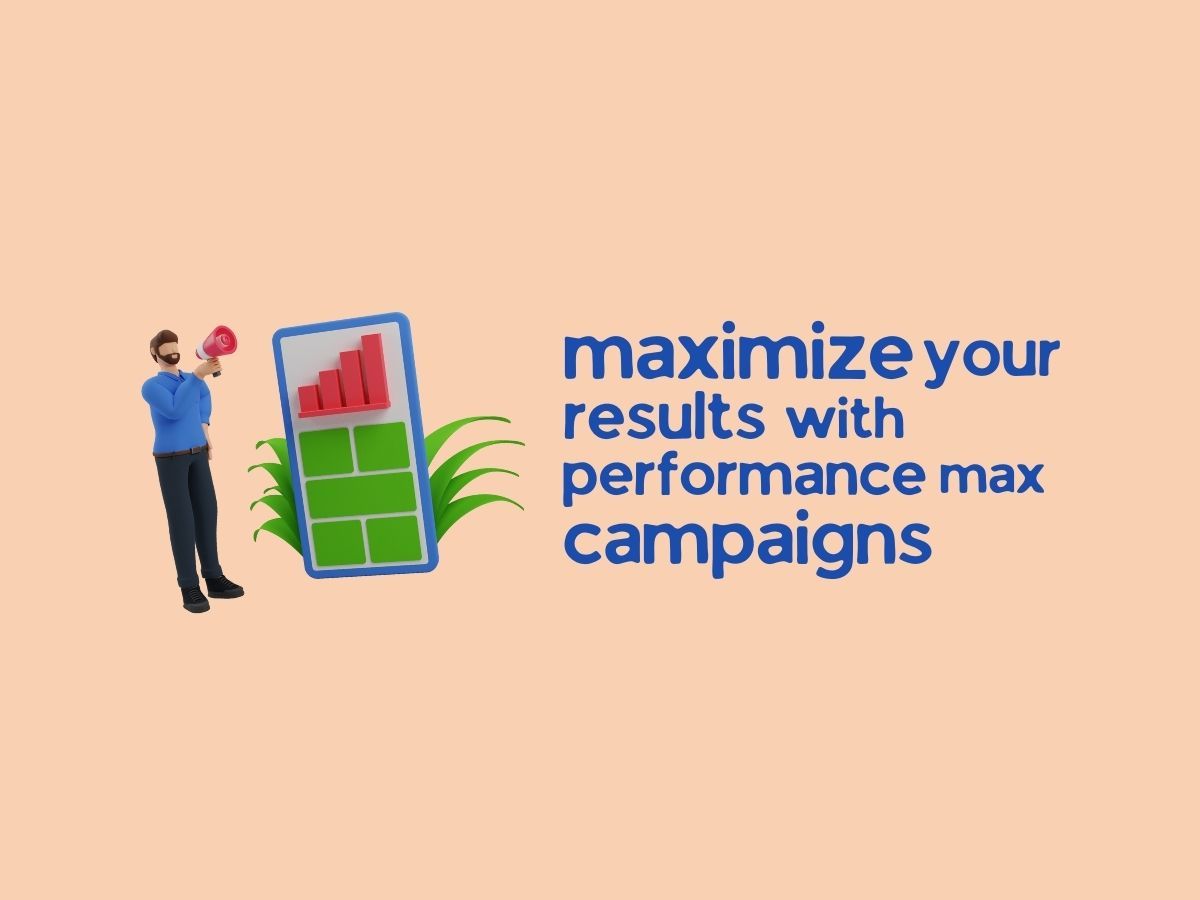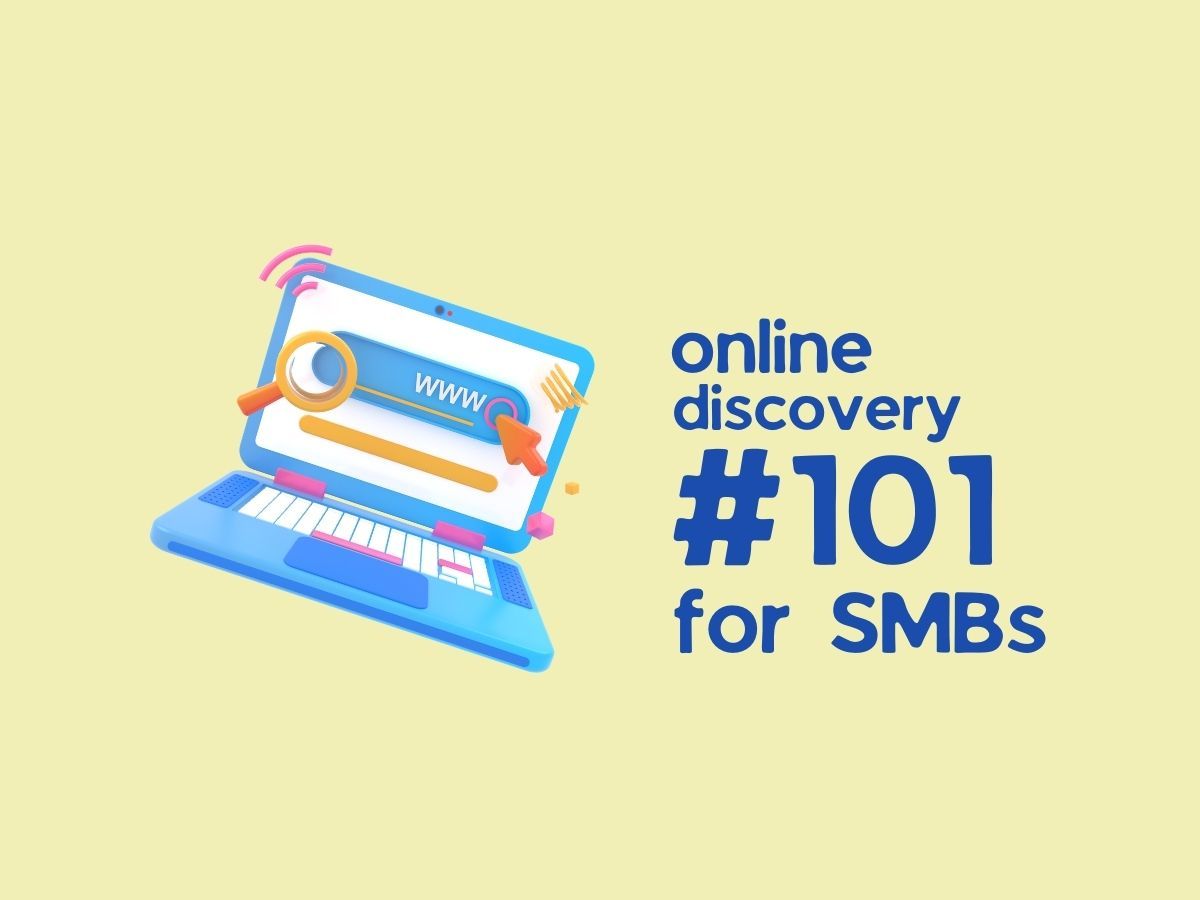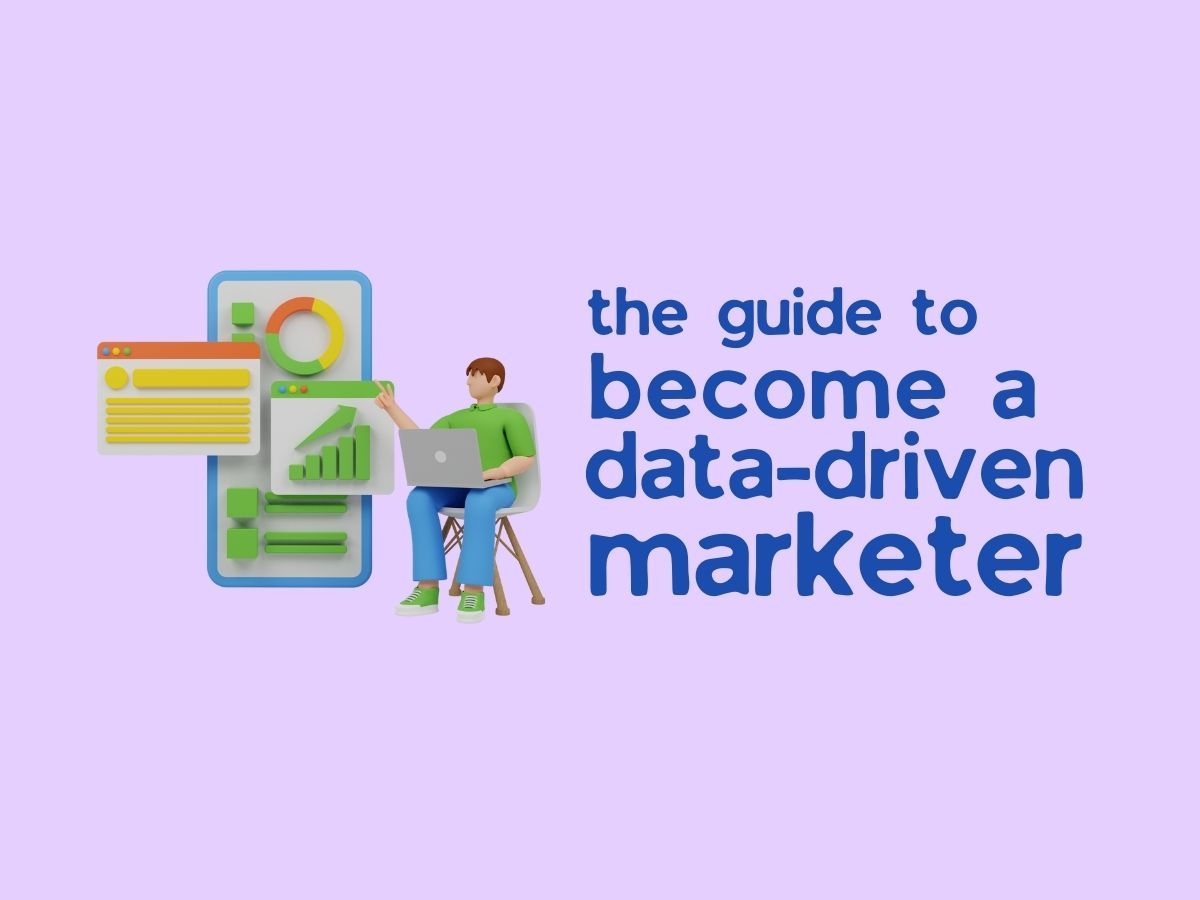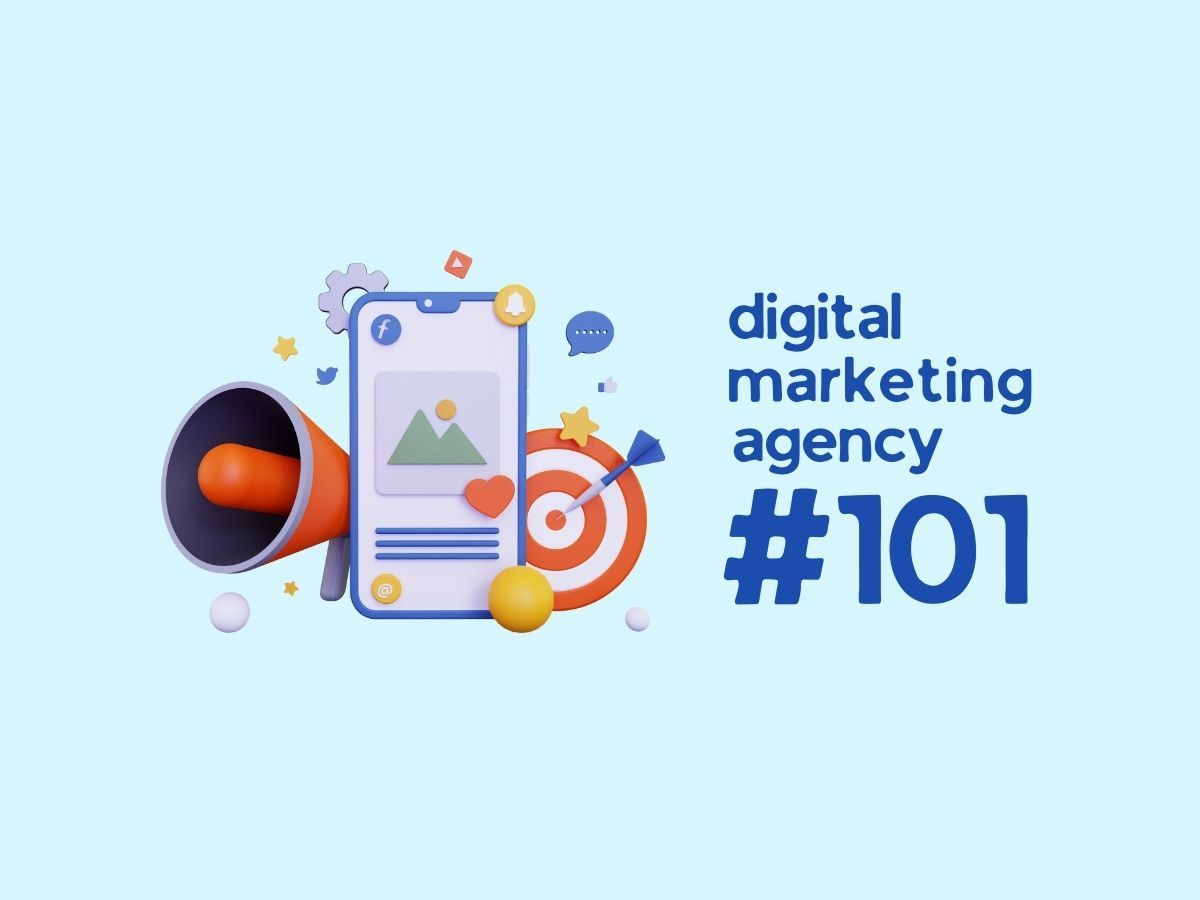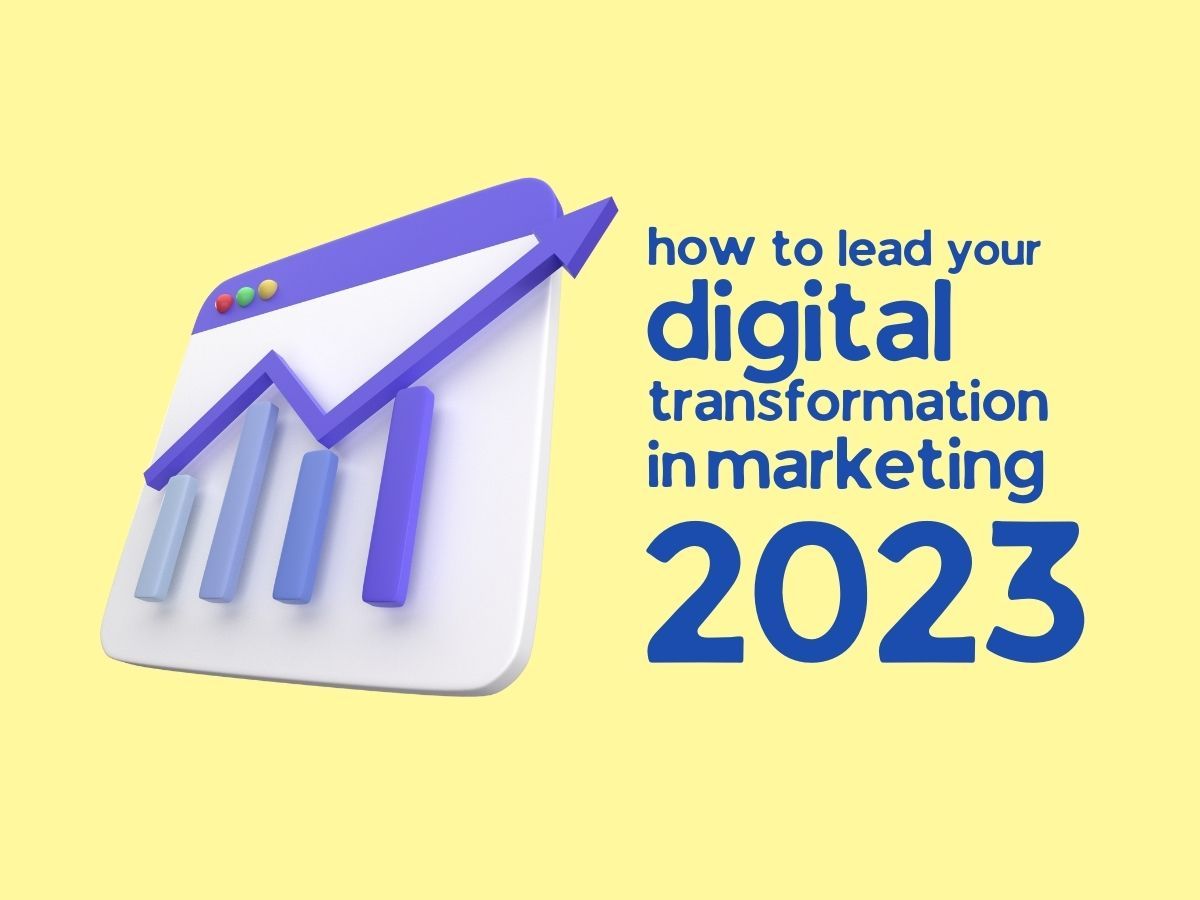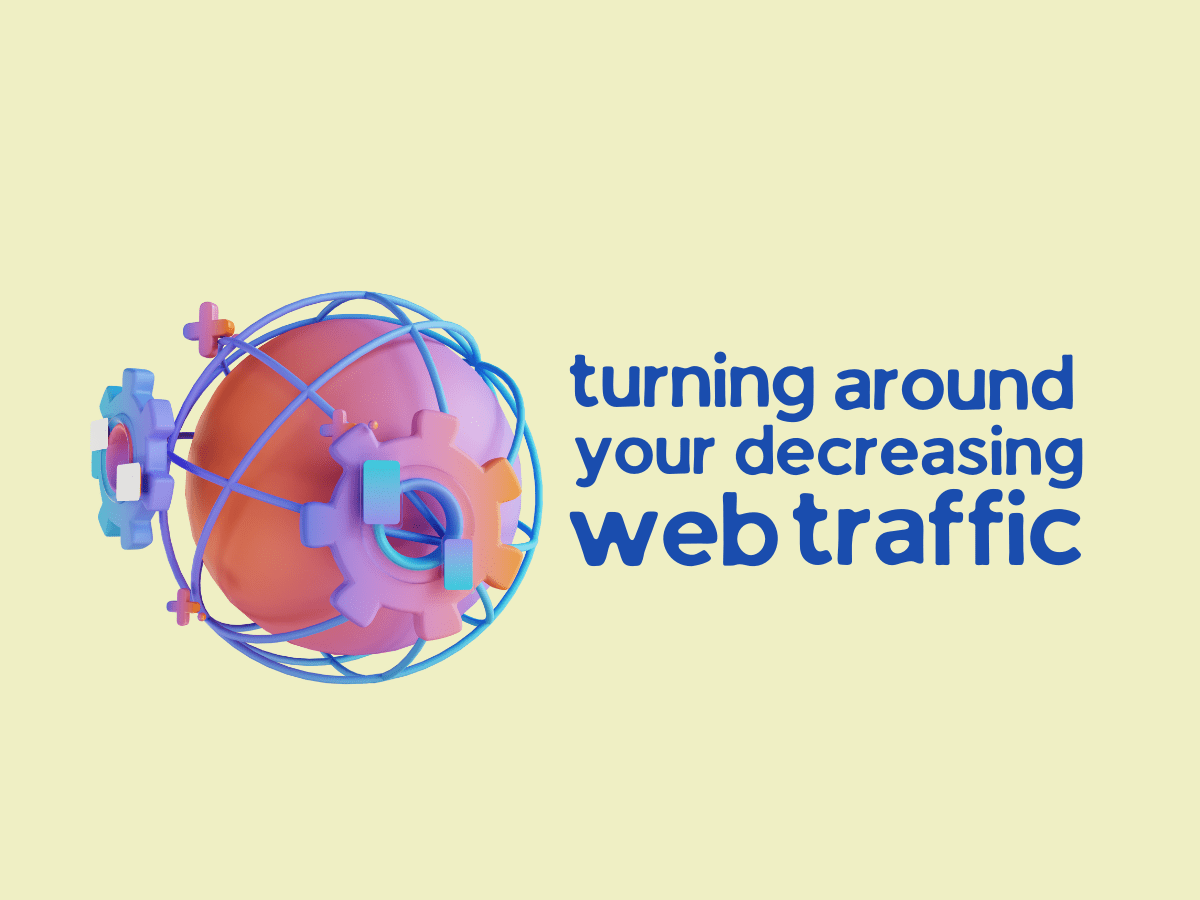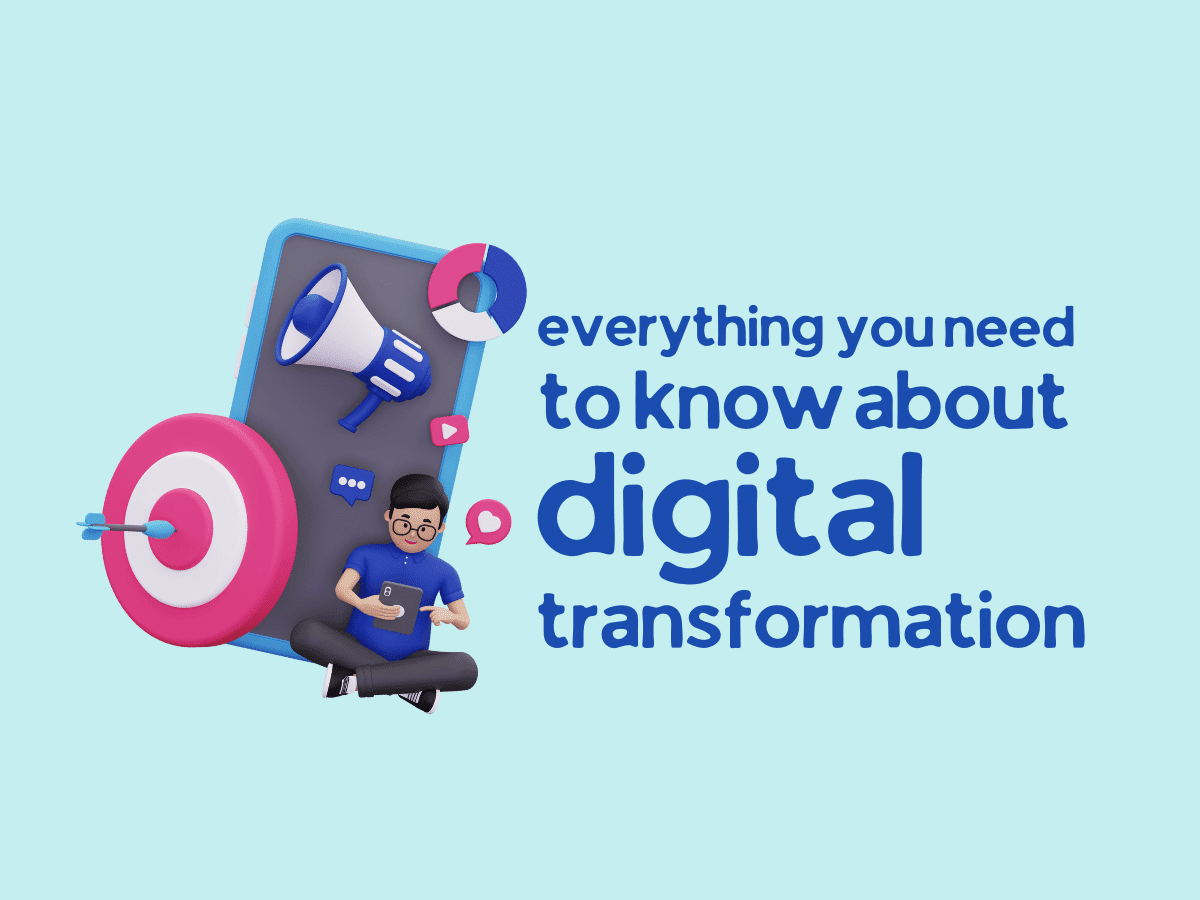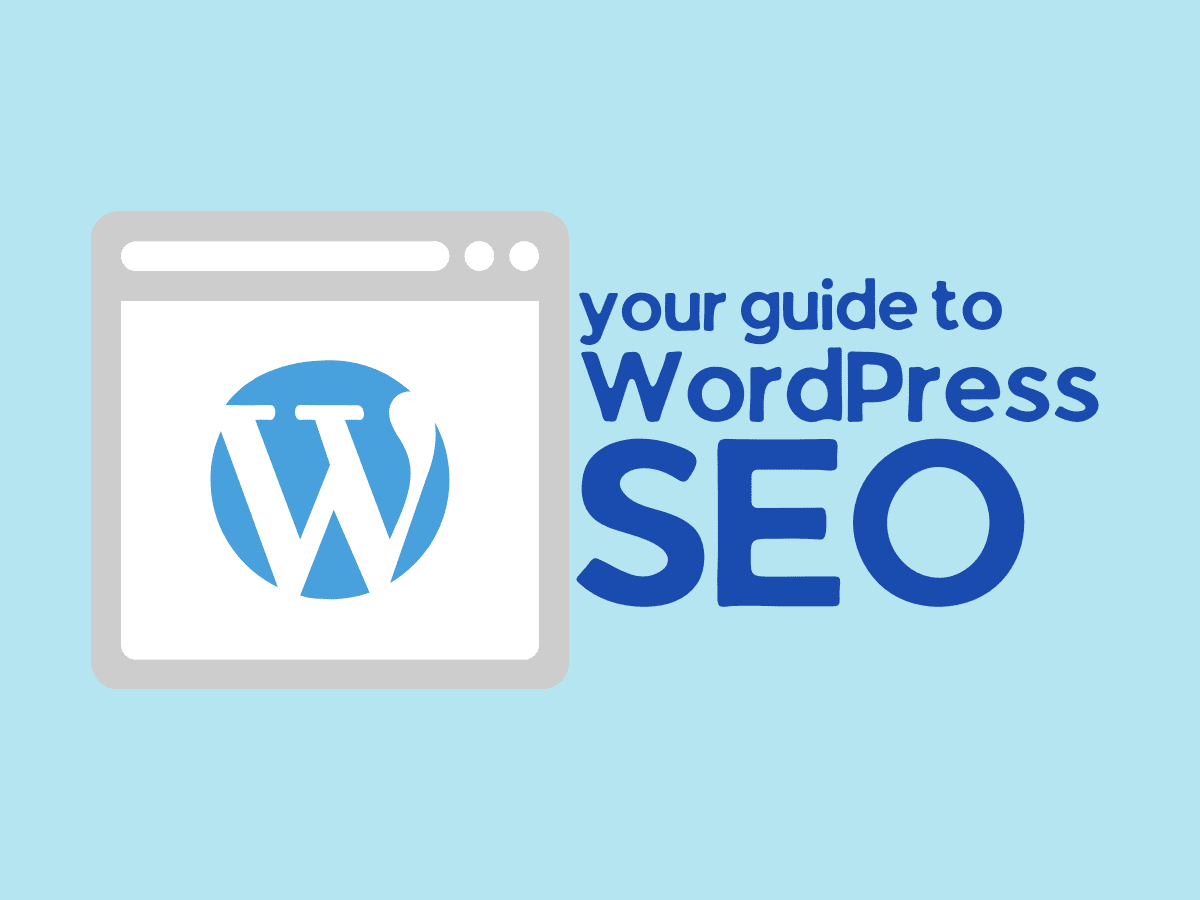Performance max campaigns are Google ads new feature which promises to give you the benefits of unlocking new audiences across all of Google’s channels and networks, they promised to drive better performance, give you more transparent insights, they allow you to steer automation with campaign inputs, and finally, they promise to simplify the process of campaign management and optimizing your ads.
Optimizing a performance max campaign is very different to optimizing a search or a shopping campaign in Google ads. And the reason for that is that, when Google released performance max campaigns, they made it clear that this campaign was specifically built to work with their algorithm. And even when you are creating your performance max campaign, and you are building out your audience signals where you put in the keywords and the audience that you want this campaign to target, Google makes it very clear that they will only use inputs like your keywords and your audiences as a guide, and that they will go beyond your selections to find more conversions based on your goals.
So while you can add some optimizations and targets to your performance max campaigns, it is really important to make it clear that this doesn’t stop Google from exploring some keyword themes, audiences and placements that you know are not going to be profitable for your business. Performance max campaigns can be a valuable addition to the total Google ads account and the campaigns that you are running for your business.
Best Practices for setting up performance max campaigns
1. Choose your product landing pages carefully.
Ensure that your product titles or page have only one keyword theme and that it doesn’t include other keywords that Google could try and target.
2. Include multiple Asset Groups.
Each Asset group targets only one particular type of product with Audience Signals that target:
- Specific keywords which are only related to your product
- Specific Audiences & Demographics that are more likely to convert or buy your service or product.
3. Take some time on your Ad Copy
Ensure that your headlines and descriptions stand out. It should have:
- A Keyword Focus
- Emotional Trigger (like Fear of missing out on the product)
- Call to Action (sale, discount)
4. Always make sure that you have only 1 or 2 conversion actions active
Where possible focus on Transactions otherwise Google will continue to focus on soft ‘add to cart’ conversions.
When should you use a Google ads performance max campaign?
Your performance max campaign should not be the first campaign you set up in your Google ads account. And it should also not be the only campaign that you run in your Google ads account. The reason for this is that performance max campaigns have been successful when they have been used in conjunction with another campaign. But further than that they are only successful when they are used in Google ads accounts where they have these two things in place.
- Firstly that account needs to have some very strong audiences in the audience manager section of the Google ads, and the key audiences that are helping performance max campaigns are the remarketing or previous visitors audiences Google ads optimized audiences and similar audiences. And the reason why these are so important is that the performance max campaign uses these audiences to give them some baseline data on what potential customers would be for your services or your products. So by having these strong audiences when you start a performance max campaign, you are giving Google a lot of data, so it doesn’t have to run as many initial tests which wastes your budget.
- Secondly, they are successful, when they are used on products or services that already have a good conversion history. The reason why performance max campaigns are successful when these two elements are in place in your account is that you have to remember how performance max campaigns function in that. They are one campaign which then pushes its ads across YouTube, search, display, Gmail and maps. So they are a great campaign to use for remarketing.
In that, once someone initially interacts with your website or an ad your performance max campaign will continue to target them. When they are going about watching different videos on YouTube, carrying out different Google searches, checking their Gmail or just generally surfing the web.
We are using the search campaign to build those lists and audiences in Google ads, and then after that initial interaction with the search campaign the performance max campaign then steps up and supports that search campaign by retargeting that person as they go to YouTube or look at different parts across the internet. And that is where performance max campaigns are found as the most successful when they are partnered with a highly targeted search campaign.
The reason why you should only be using products or services with a high conversion rate is that your performance max campaign will be going through data from your product pages or your service landing pages and using that as also a data source for potential keywords that they can target in the search element of the performance max campaign.
How to optimize your performance max campaign?
There are two best options for you to optimize your performance max campaigns in Google ads. And these are to first review your clicks versus the number of conversions or the total conversion value and then remove any keyword themes from your audience signals that are not profitable.
And then secondly, you can also review your locations and then when you are looking at your locations once again you can look to see if there are any locations which have a high cost, but low conversions or low conversion value. To see success with your performance max campaigns you need to take things a step further by actually excluding products from your feed in Google ads.
With that, we hope that you now have a clear understanding about performance campaigns and how to optimize them to get the most out of them. We’ll catch you in the next one, follow us on social media to stay updated.


